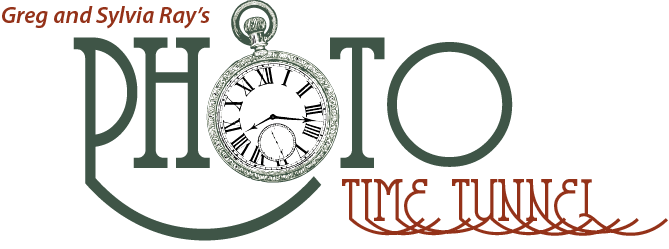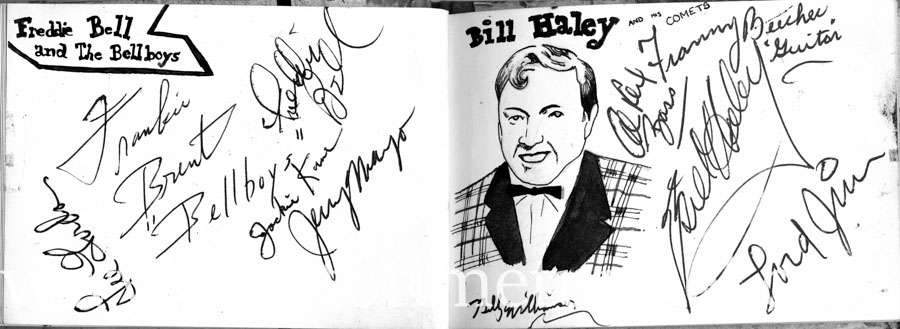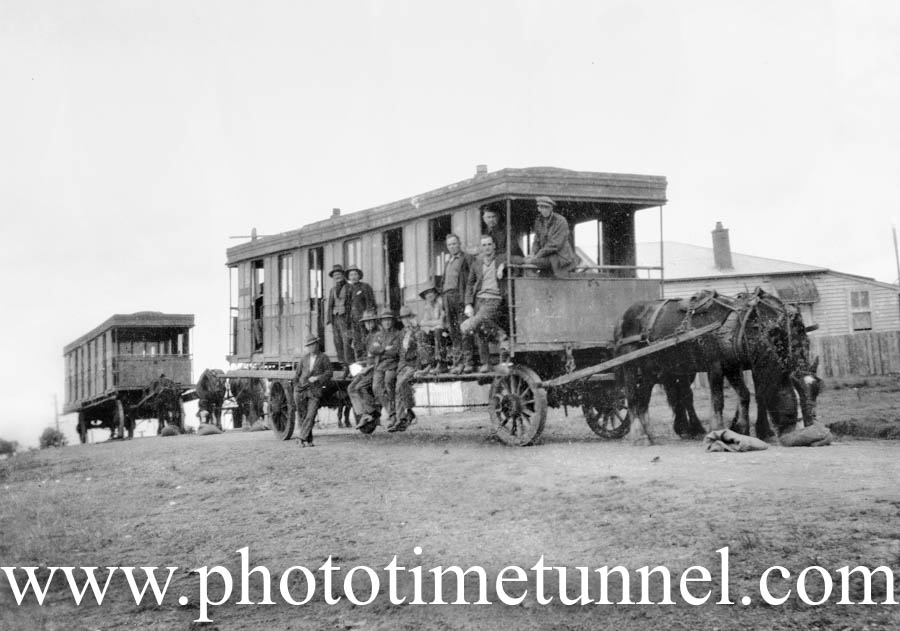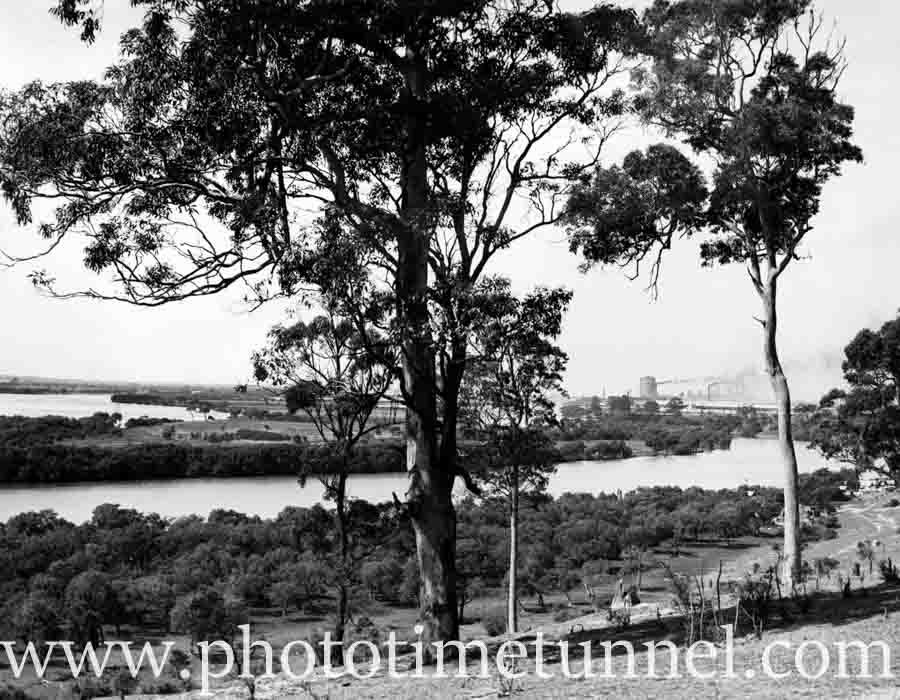How Neville got Bill Haley’s autograph
When rocker Bill Haley turned up at Newcastle Railway Station in 1957 young teachers college student Neville Goodwin was there waving his trusty autograph book. Neville, who was 78 when he told me this little story a couple of years ago, had drawn a picture of his favourite star and was keen to show Bill. According to Neville, Mr Haley was quite impressed. “He looked at my drawing of him in the book and said, ‘Hey kid. Did you do this?’ He suggested that if I went with the group to the Great Northern Hotel he’d…



